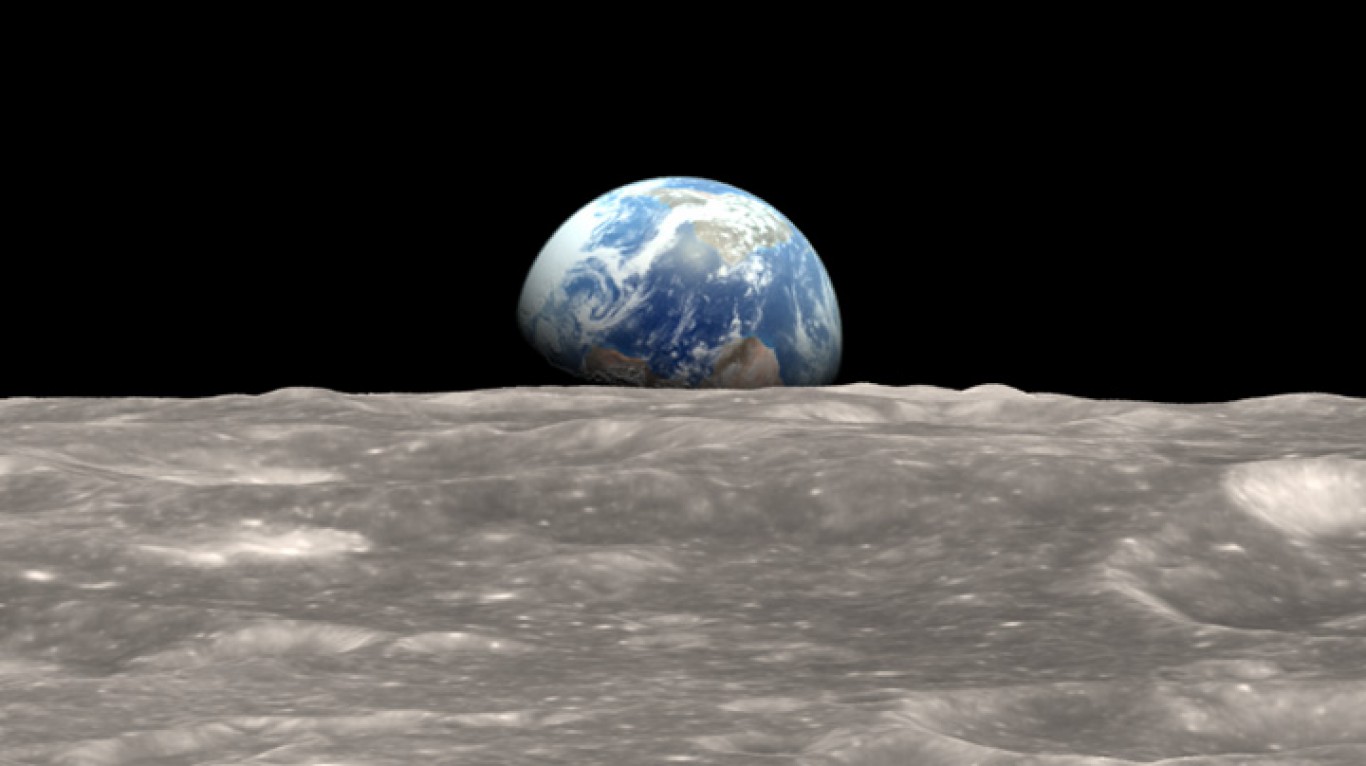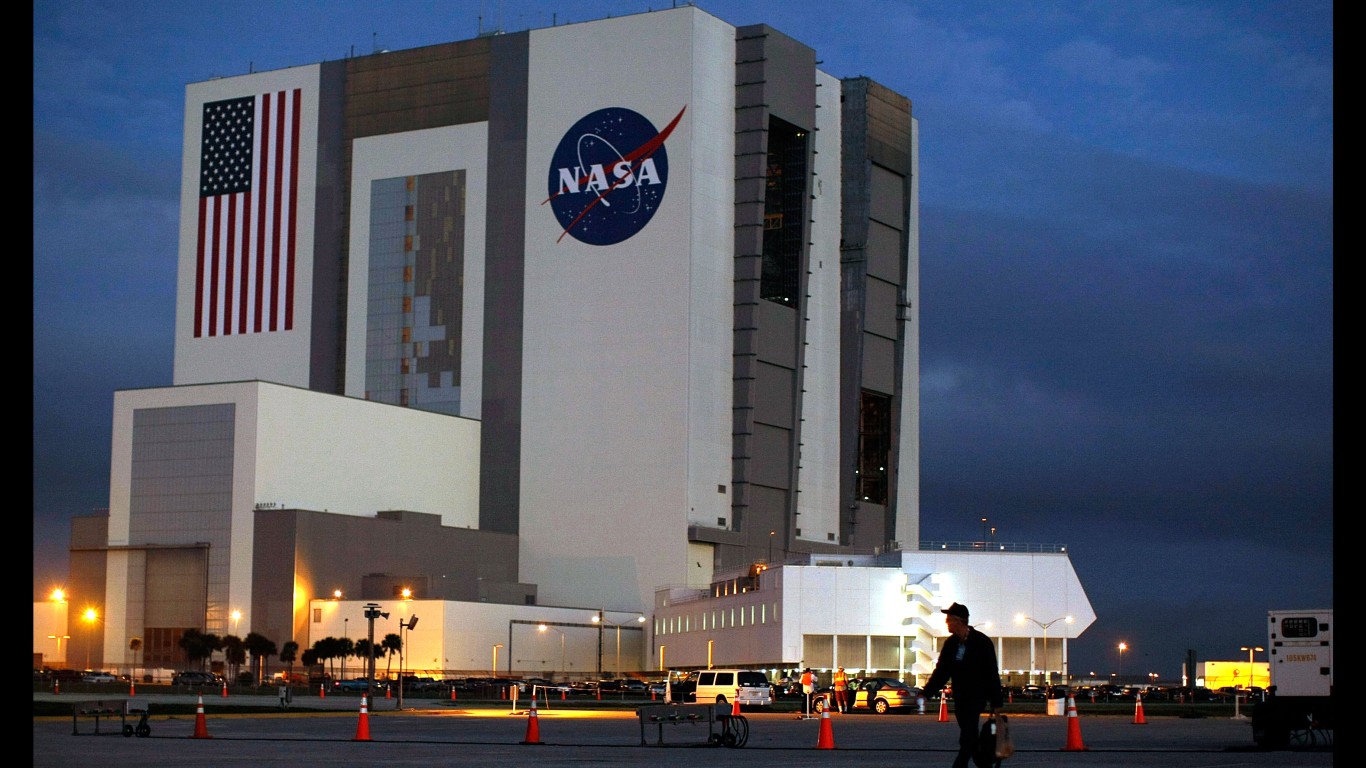
Given the progress of technology and the human desire to expand and explore, many experts believe that it is a matter of time before we begin to spread humanity throughout the galaxy, but will we find life beyond our Solar System? If so, on which planets are we most likely to find signs of life? These planets will likely be among the first we send a craft to in order to search for extraterrestrial life.
#1 Proxima Centauri b

Proxima Centauri b is the closest candidate for a planet that might harbor life, located in the Proxima Centauri system which is about 4.2 light-years away. It is almost the exact same size of Earth and orbits within its star’s habitable zone. It is a candidate for extra-solar robotic exploration.
#2 TRAPPIST-1e

TRAPPIST-1e is located around 40.7 light-years away in the TRAPPIST-1 system in the Aquarius constellation. It is similar to Earth in size, mass, temperature, gravity, and more.
#3 Kepler-186f
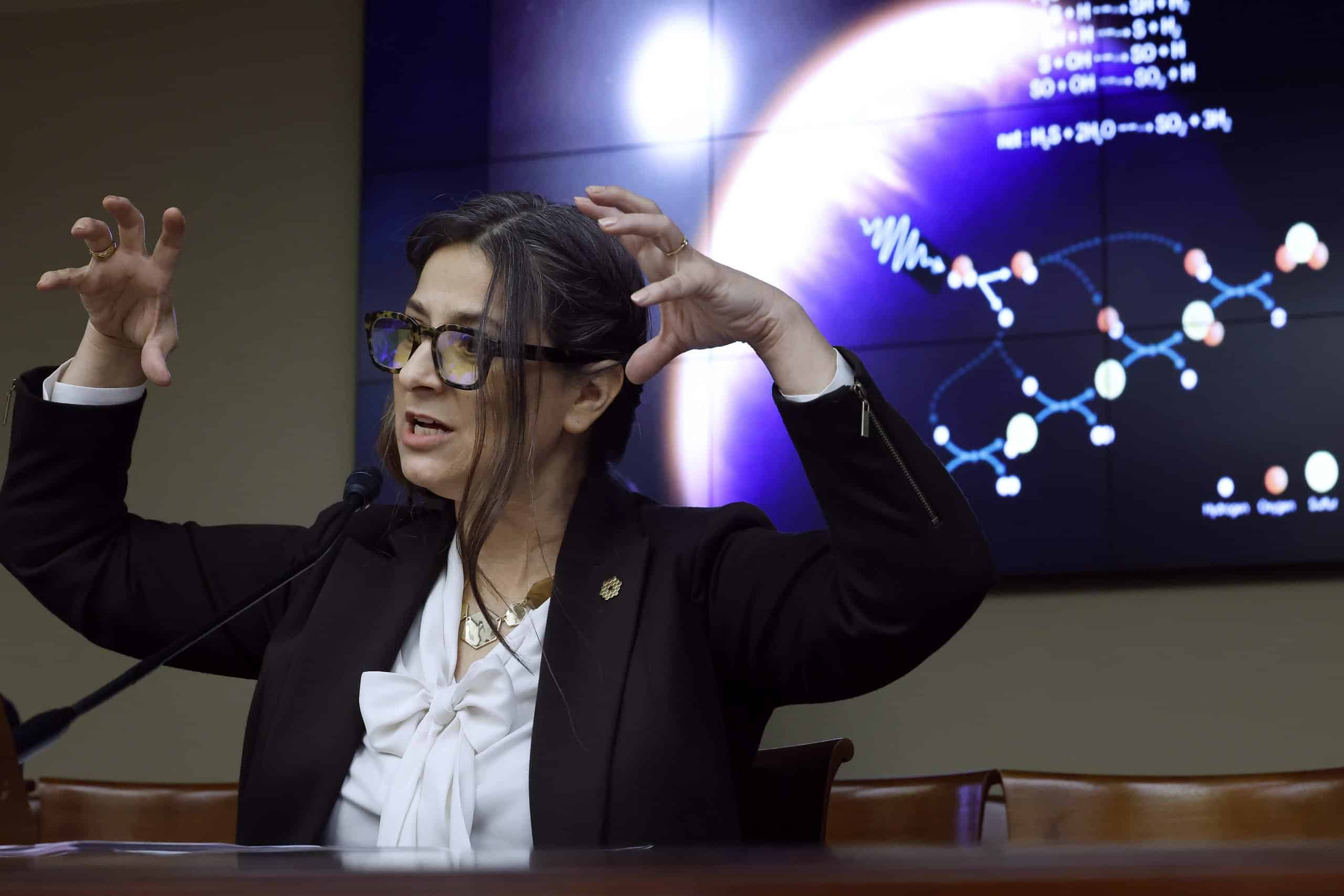
Kepler-186f is about 580 light-years away, orbiting the red dwarf, Kepler-186. It orbits its star every 130 days and is around the same size and mass as the Earth. Kepler-186f was the first planet of Earth’s size to be discovered in a habitable zone.
#4 LHS 1140 b

LHS 1140 b was discovered in 2017 and is a super-Earth exoplanet, being about 70% larger than Earth. Recent analyses have found that it is likely an ocean world with about 20% of its entire mass being water.
#5 K2-18b
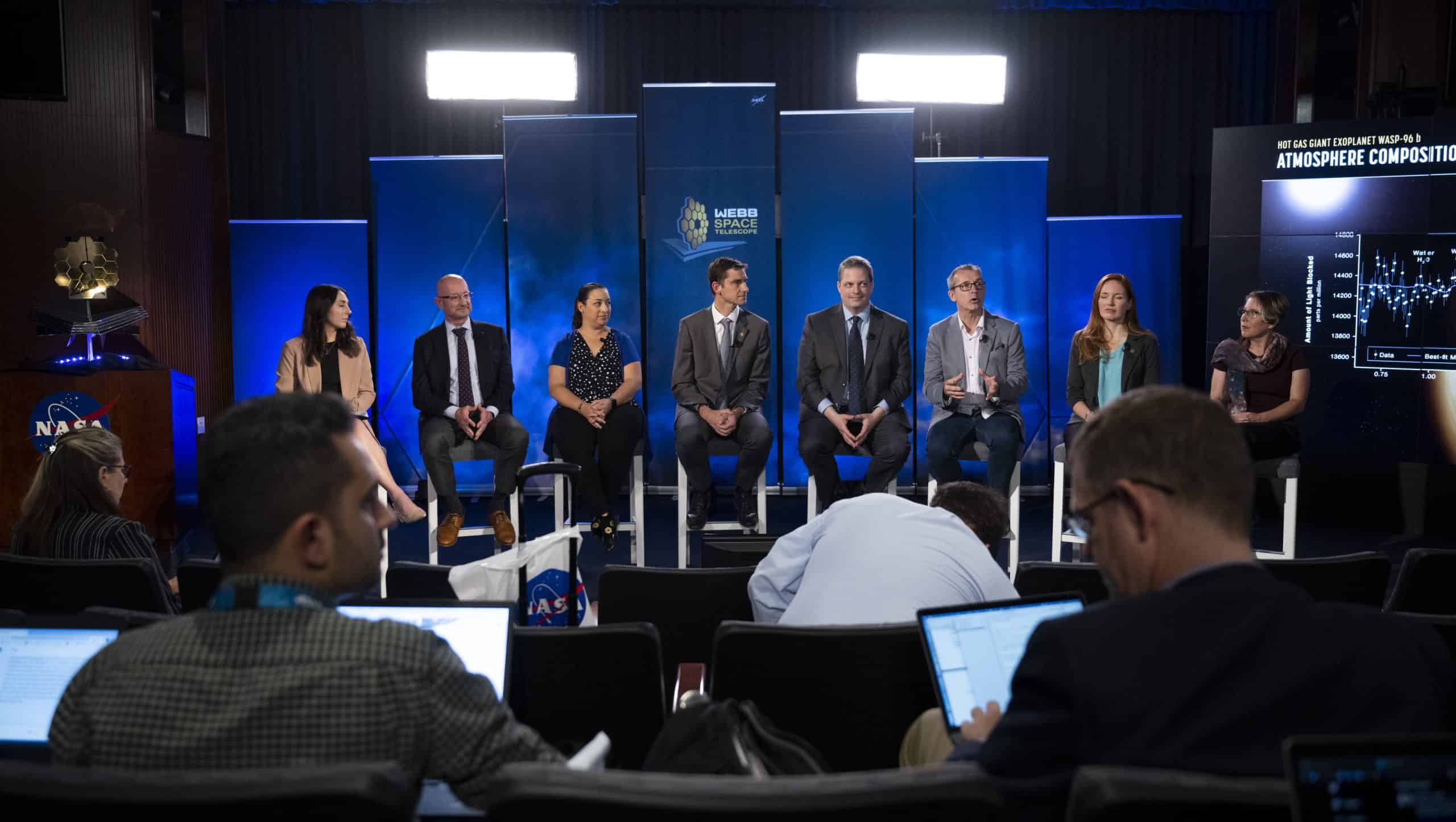
K2-18b is classified as a sub-Neptune planet and surveys have shown that there is water vapor, carbon dioxide, and methane in the atmosphere of K2-18b. These suggest that there is either a water ocean or a magma ocean on the surface.
#6 Gliese 12 b
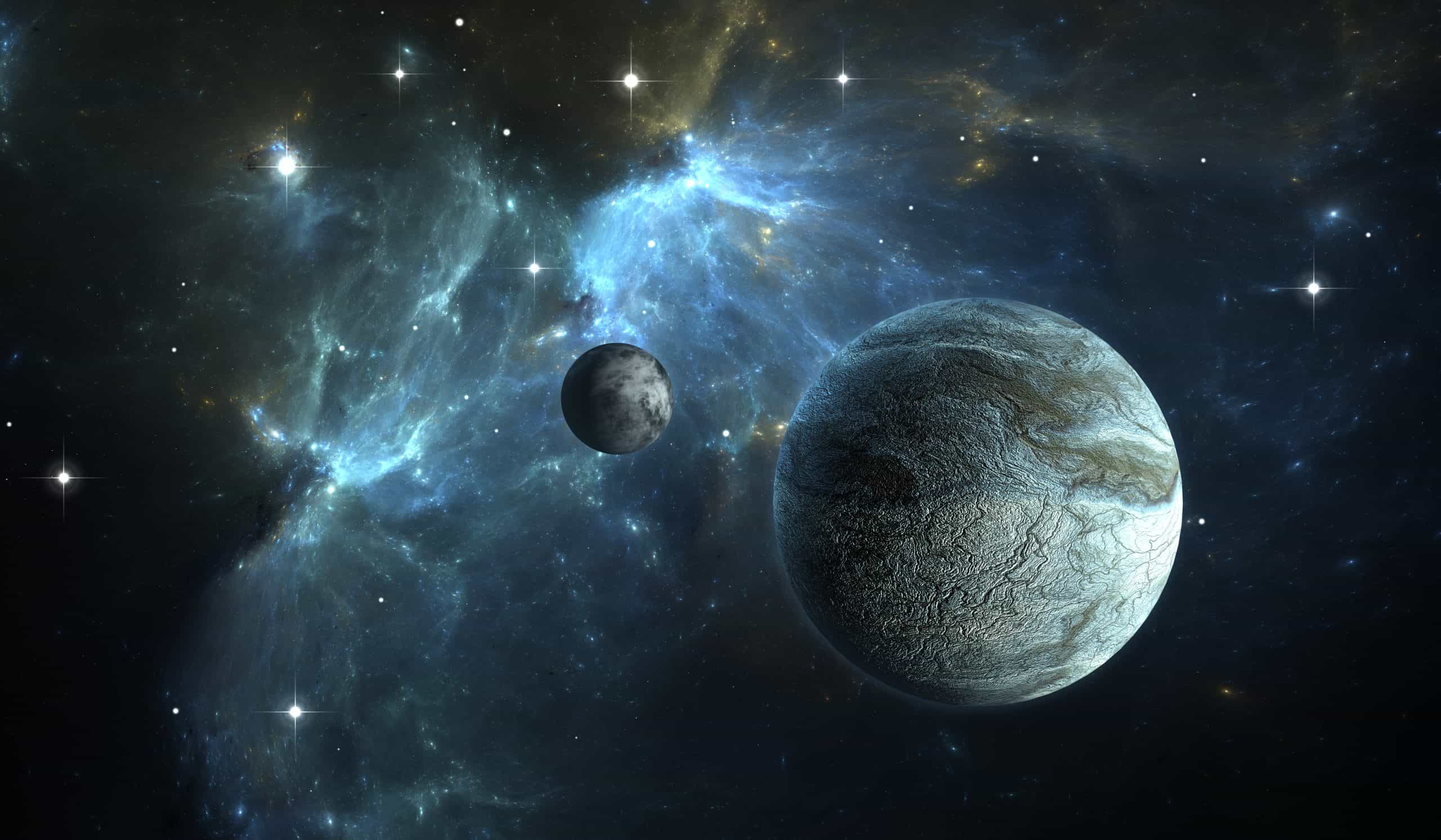
The existence of Gliese 12 b was confirmed in May 2024. It is about the same size as Earth but has almost four times the mass.
#7 KOI 5715.01

KOI 5715.01 is about 2,964 light-years away and has yet to be confirmed that it actually exists, but it remains one of the most promising candidates for a superhabitable planet, which means it might have conditions better suited to life than Earth itself.
#8 Kepler 283c
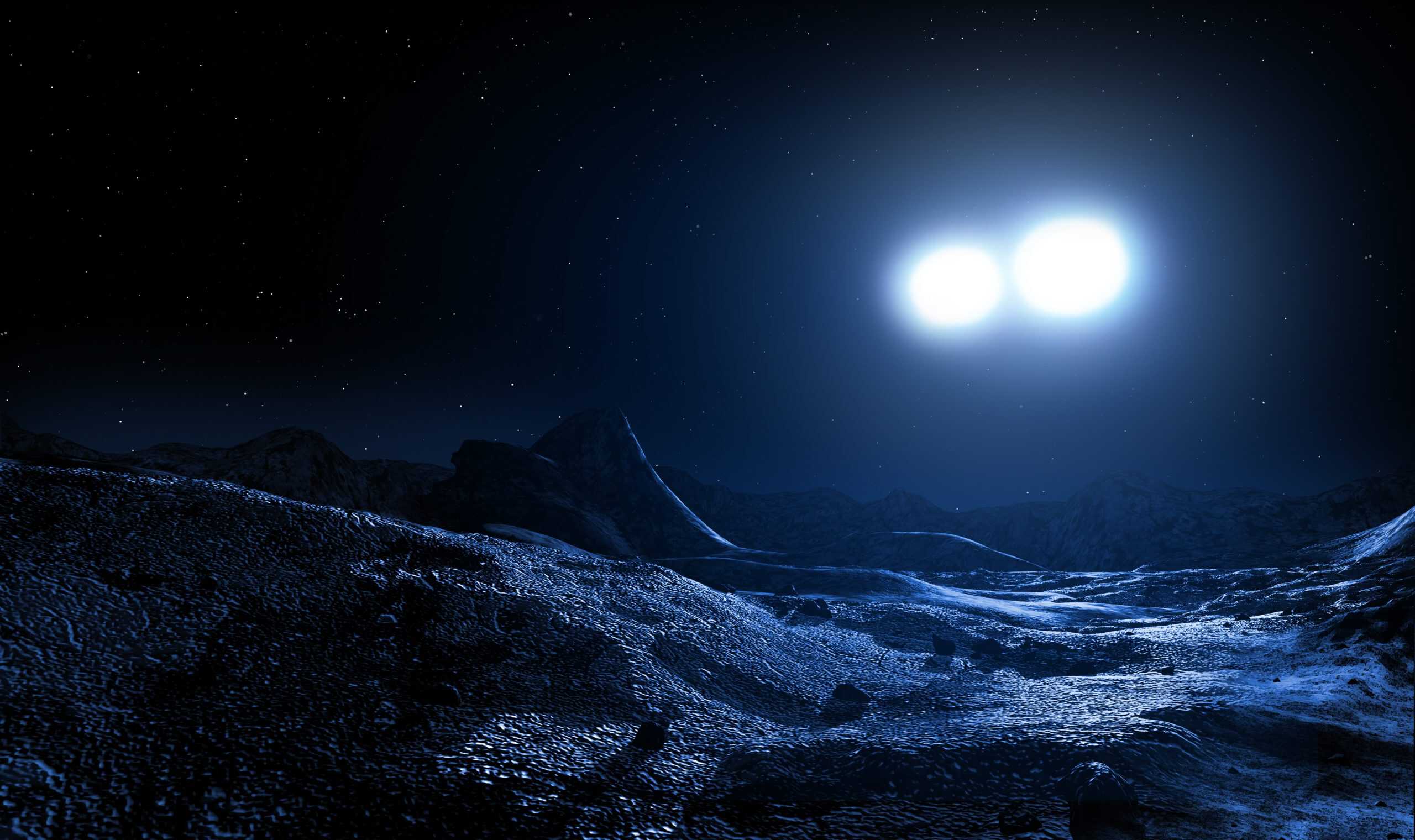
Kepler 283c was discovered in 2014 and is about twice the size of Earth. It orbits within the habitable zone but has a regular surface temperature of about -30 degrees Fahrenheit.
#9 Gliese 667 Cc

Gliese 667Cc is one of two confirmed planets in the triple-star Gliese 667 system. It is one of the best candidates found so far to have liquid water on the surface and therefore one of the most likely places we will find life.
#10 Kepler-62e
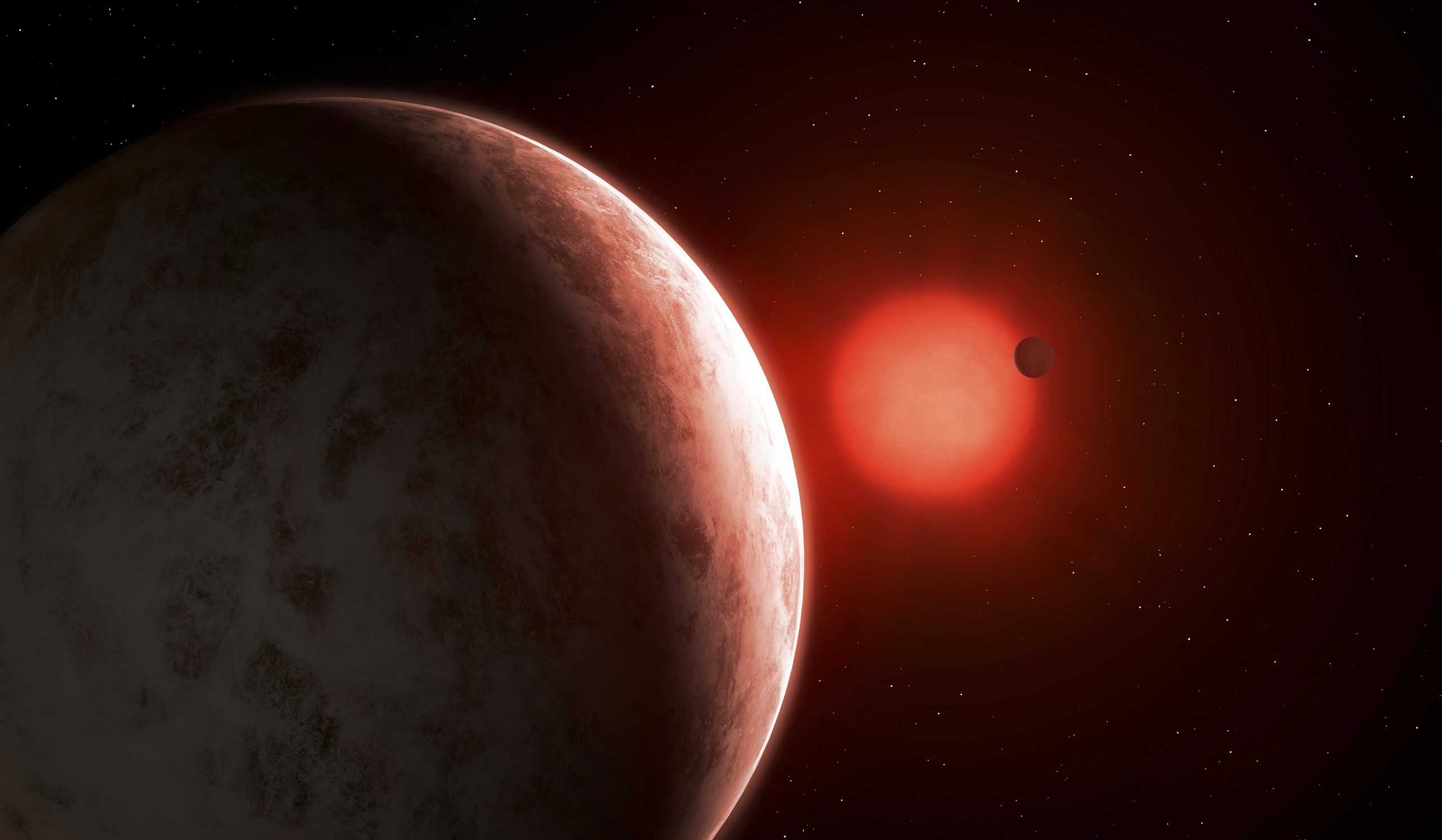
Kepler 62e is a super-Earth planet (about 60% bigger than Earth) about 990 light-years away and studies have shown it could be a terrestrial or an ocean planet. There remain many things we don’t know about Kepler 62f, however.
#11 Kepler 62f

Kepler 62f is the second planet in the Kepler-62 system that is a candidate for life. It is another super-Earth. If there is sufficient carbon dioxide in the atmosphere, it might have water oceans, otherwise it would be entirely covered with ice.
#12 Gliese 581d

The existence of Gliese 581d remains a topic of debate, with some studies showing that it might not exist at all. It is much more massive than Earth but has a relatively low mass for a planet within a habitable zone. Simulations show that water oceans would exist on this planet.
Thank you for reading! Have some feedback for us?
Contact the 24/7 Wall St. editorial team.
